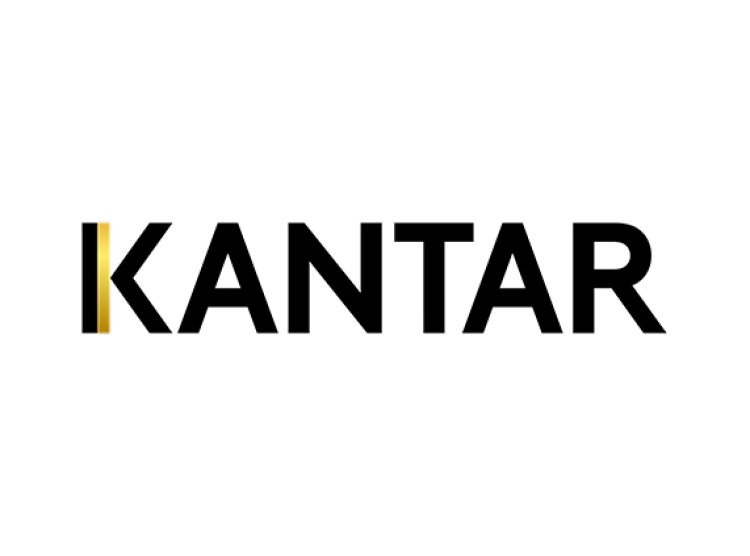Kantar Report: Advertisers Embrace Mobile to Target Rural Markets
Kantar Report: 69% Advertisers Tailor Strategies for Rural Markets Independently, Leveraging Local Insights for Effective Growth

Kantar's recent report, "Communicating with Rural Bharat," delves into the influence of technology in rural India and was introduced at the GroupM Brew 2023 event. The findings underscore the significance of rural markets and their distinct characteristics. A notable 69% of advertisers allocate separate strategies for rural markets, with a specific focus on excelling in media-dark regions. In addition, 63% of advertisers highlighted the importance of establishing a presence in these underserved media markets within rural India. A majority of advertisers, 57%, professed a strong understanding of rural markets, while 31% disclosed that they adapt urban advertising approaches for the rural landscape.
The report emphasizes the pivotal role of voice technology and word-of-mouth (WOM) recommendations in rural messaging. An overwhelming 89% of marketers regard word-of-mouth recommendations as indispensable in rural India, while 77% recognize voice technology as an essential medium for reaching rural consumers. Furthermore, 49% of marketers view distribution as the most effective method to create brand visibility in rural India.
To engage with rural markets effectively, advertisers rely on mobile platforms, employing voice technology and Unicode SMS. The report highlights the underutilized potential of rural influencers who are highly favored by marketers.
Many brands are developing interactive voice platforms for rural customers, enabling two-way communication between consumers and marketers. About 14% of marketers have already implemented interactive voice platforms, and 49% are considering doing so in the near future.
The report also sheds light on budget allocations, revealing that 43% of the FMCG sector's budget is dedicated to rural marketing, while the media and entertainment industry allocates 17% of its budget to rural marketing.
Voice technology remains the favored choice among advertisers in terms of both preference and budget allocation, signifying a need for enhanced influencer marketing aligned with advertiser preferences. This presents an opportunity for agencies to invest in capabilities and conduct ROI assessments.
Additionally, the report discusses the rural consumer landscape and the factors influencing reach. Uttar Pradesh, Bihar, and West Bengal together constitute 38% of rural India. The report reveals that television reaches only one in three individuals in UP and Bihar, significantly lower than the other seven states. In contrast, mobile devices bridge the gap in these media-dark states, with the combined reach of TV and mobile matching that of the other seven states.
Notably, mobile ownership doesn't guarantee internet access, especially in UP and Bihar, where devices tend to be basic and voice-driven. This underscores the critical role of voice technology in brand communication. Intriguingly, over one in four individuals in UP and Bihar utilize voice-based search, particularly among older age groups and males.
The report emphasizes that voice messaging offers a platform for precise consumer targeting, resulting in higher recall rates for gender-specific campaigns among the relevant demographic groups.

 Sumit Rawat
Sumit Rawat 










